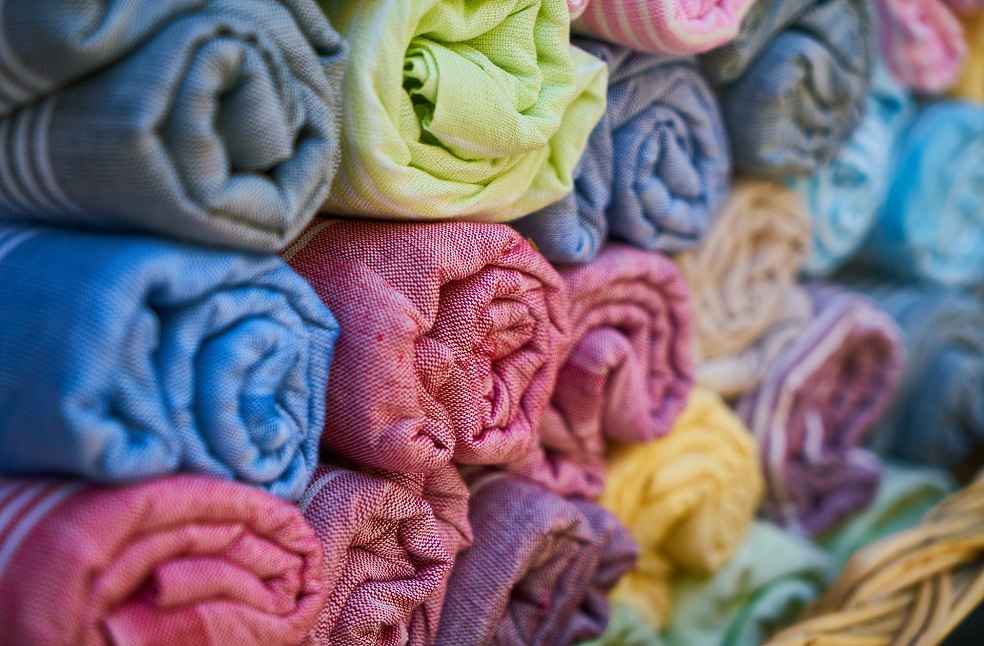The textile industry is grappling with a myriad of challenges in an increasingly competitive global landscape. From workers facing mounting mental stress and anxiety due to rapid technological advancements to the looming hurdles posed by automation, artificial intelligence, and stricter environmental regulations, the industry is at a pivotal crossroads.
Yes, the years 2025 to 2030 promise to be a transformative period for the textile and apparel industry, rife with significant challenges. This article delves into the most critical obstacles that the industry must navigate to thrive in this evolving landscape.
Environmental Concerns:
- Climate Change Regulations: Governments worldwide are enacting stricter regulations to curb greenhouse gas emissions and promote sustainable practices. The textile industry, known for its water-intensive processes and pollution, will need to adapt to these regulations by adopting eco-friendly materials, reducing waste, and implementing circular economy principles.
- Consumer Demand for Sustainability: Consumers are increasingly conscious of the environmental impact of their clothing choices. Brands will need to demonstrate transparency in their supply chains, use sustainable materials, and engage in ethical manufacturing to meet this growing demand.
Technological Disruption:

- Automation and Robotics: The rise of automation and robotics will transform manufacturing processes, potentially leading to job displacement in regions with labor-intensive textile production. Companies will need to invest in upskilling their workforce to adapt to these technological changes.
- Integration of AI: Artificial intelligence will play a crucial role in optimizing supply chain management, predicting trends, and personalizing customer experiences. However, integrating AI effectively will require significant investments and expertise.
Economic and Geopolitical:
- Global Economic Fluctuations: Economic downturns can significantly impact consumer spending on apparel, leading to reduced demand and price pressures for the industry.
- Geopolitical Tensions: Trade wars, tariffs, and supply chain disruptions due to geopolitical events can disrupt the sourcing of raw materials and the movement of finished products, affecting costs and delivery timelines.
Social and Labor Issues:

- Fair Labor Practices: The industry’s reputation has been marred by labor rights violations in some regions. Ensuring fair wages, safe working conditions, and ethical sourcing practices will be crucial to maintaining brand reputation and complying with evolving labor laws.
- Changing Workforce Demographics: Attracting and retaining a skilled workforce in an increasingly automated industry will require companies to offer competitive wages, benefits, and career development opportunities.
Supply Chain Resilience:
- Building Resilient Supply Chains: The COVID-19 pandemic exposed vulnerabilities in global supply chains. Companies will need to diversify their sourcing strategies, build stronger relationships with suppliers, and invest in technology to enhance supply chain visibility and resilience.
Critical Obstacles to Overcome

- Transition to Sustainable Practices: Shifting to sustainable materials and manufacturing processes will require significant investments and innovation.
- Balancing Automation and Workforce: Finding the right balance between automation and human labor will be crucial to ensure efficiency while maintaining employment.
- Adapting to Evolving Regulations: Staying compliant with changing environmental and labor regulations will demand ongoing attention and resources.
- Building Consumer Trust: Demonstrating transparency and ethical practices throughout the supply chain will be essential to building and maintaining consumer trust.
Be prepared
The global textile industry faces a turbulent landscape shaped by rising inflation, economic recession, and ongoing geopolitical conflicts. While acknowledging these uncomfortable realities, this article serves as a compass for navigating the multifaceted challenges that lie ahead.
By embracing sustainability, adapting to technological advancements, navigating economic uncertainties, and prioritizing ethical practices, industry players can turn adversity into an advantage. May this knowledge empower those in the textile and apparel industry to foresee challenges, prepare strategically, and ultimately thrive in the years to come.



